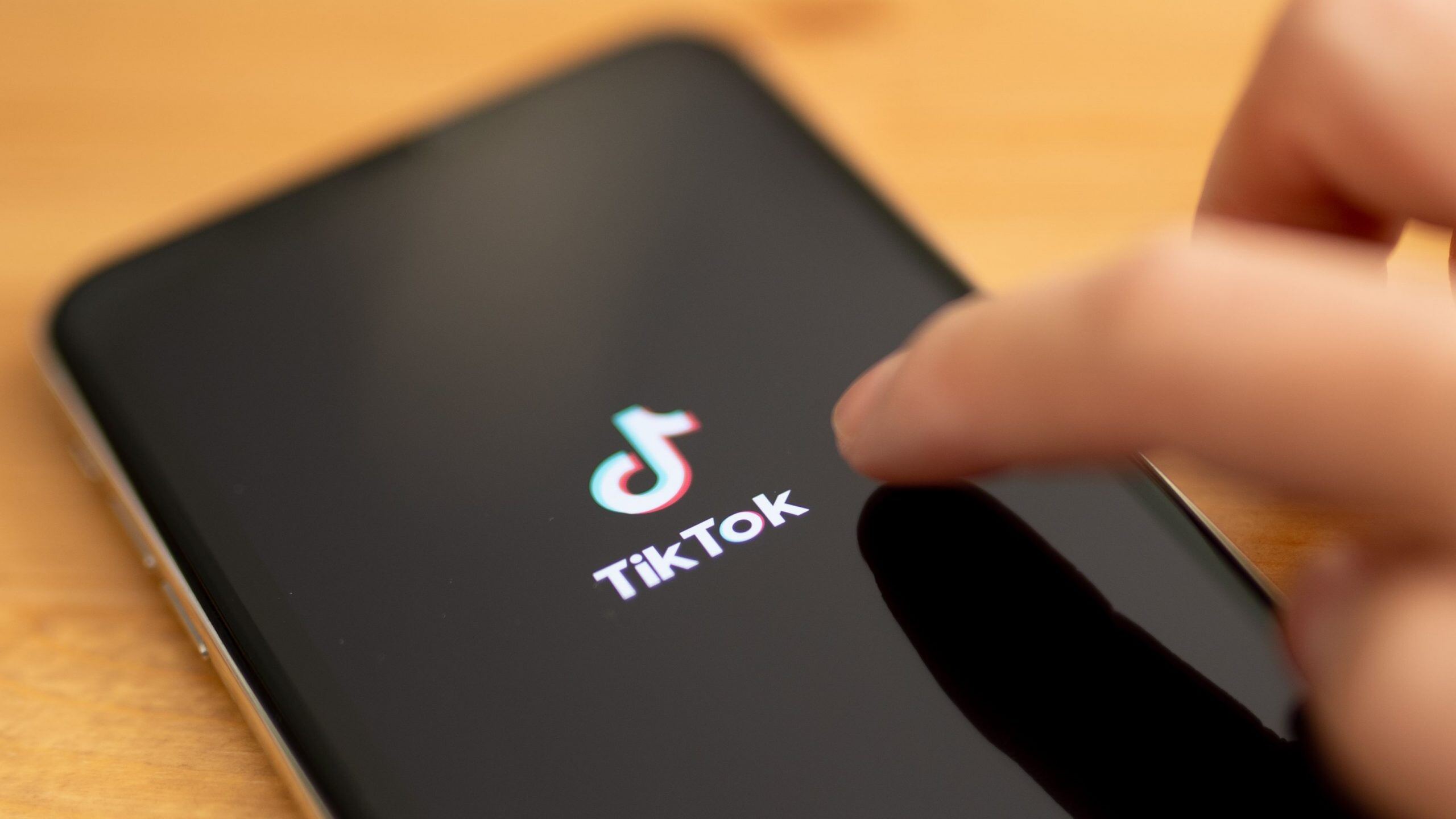Creating a strong culture of safety at work is more than a regulatory checkbox - it's a strategic advantage. Companies that prioritize workplace safety see higher morale, better retention, and fewer costly incidents. More importantly, safety-first organizations demonstrate to their employees and customers that they genuinely care.
Whether you're just beginning your safety journey or looking to strengthen your current program, here’s how to embed safety into the DNA of your organization.
What Does a Safety Culture Look Like?
A workplace safety culture is the set of shared beliefs, practices, and attitudes that shape how safety is prioritized and implemented. According to the National Safety Council, organizations with a strong safety culture emphasize communication, accountability, and learning.
At its core, a culture of safety is proactive, not reactive. It's present when employees feel comfortable reporting concerns, managers address risks promptly, and continuous improvement is a shared goal.
Start With Leadership - and Mean It
No safety culture can succeed without visible support from the top. When leadership actively models safe behaviors, prioritizes safety discussions, and backs up words with funding and policy support, safety becomes a shared priority - not just a directive from HR or compliance.
The Occupational Safety and Health Administration (OSHA) recommends that safety expectations be incorporated into performance metrics, job descriptions, and leadership evaluations. That visibility trickles down to team leads, supervisors, and frontline employees.
Empower Employees to Take Ownership
Engaged employees are central to any culture shift. Encourage team members to speak up when they spot a hazard or identify a better process. Tools like digital suggestion boxes, safety huddles, and near-miss reporting systems make it easier for employees to contribute ideas and feedback.
Building psychological safety is critical. As research from the Robert Wood Johnson Foundation highlights, trust is the foundation of safety culture. When employees know they won’t be punished for raising concerns, participation increases.
Simplify Systems and Processes
An effective safety culture is supported by simple, accessible systems. Incident reporting should be fast and intuitive. SOPs should be clear and accessible to all staff. And accountability must be reinforced consistently - not just when an incident occurs.
For example, using the Swiss Cheese Model to evaluate your incident management process can help you identify where weaknesses in your defense layers may allow errors to slip through.
Recognize and Reinforce Safe Behaviors
Positive reinforcement is key. Acknowledging teams or individuals who take proactive safety actions reinforces those behaviors across the organization. Consider adding safety highlights to company-wide meetings or shoutouts in internal newsletters.
Public recognition, certificates, or even small rewards can make a big impact—especially when it’s tied to meaningful actions, not just the absence of incidents. Check out The Role of Leadership in Fostering Workplace Diversity and Inclusion to learn more about recognizing these safe behaviors.
Keep Evolving
Safety isn’t a one-time initiative. It requires regular evaluation, feedback loops, and the flexibility to adapt as your workforce, operations, and external environment change.
Solicit employee feedback, review training effectiveness, and revisit policies quarterly. Use anonymous surveys or direct feedback during one-on-ones to uncover unspoken issues that might be undermining your efforts.
Final Thoughts
Building a culture of safety at work is an ongoing commitment. But the benefits - fewer injuries, stronger employee engagement, lower turnover, and greater operational resilience - are well worth it.
At Bchex, we support organizations in building proactive, data-driven safety programs that go beyond background checks. From continuous monitoring to workplace safety analytics, we help you put trust and transparency at the center of your operations.
If you’re ready to strengthen your safety culture, book a demo or explore more in our Chex365 solutions.
.jpeg)


